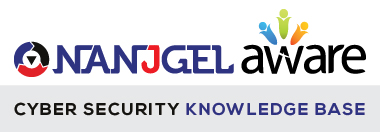Collection #1 Data Breach Exposes Nearly 733 Million Records, Highlighting Need for Multifactor Authentication

The theft of nearly 733 million unique email messages and 21 million passwords underscores the urgent need for multifactor authentication in the enterprise.
First discovered by security researcher Troy Hunt, records from the data breach were published to a hacker forum as well as the cloud-based service MEGA, though they have since been removed.
Dubbed Collection #1, the perpetrators behind the theft remain unknown, but the volume of 12,000 files suggests that it may have involved multiple incidents and actors. Cleaned-up versions of the files have been loaded into Have I Been Pwned, which users can leverage to check whether their data was compromised in the breach.
Why Collection #1 Data Is Particularly Dangerous
While any data breach of this magnitude would raise concerns, the files included in Collection #1 include login credentials that have been dehashed. In other words, the threat actors who stole the information were able to convert it into plain text.
This could make it a lot easier for attackers to use those credentials to break into various email servers and other online systems. By using bots, for instance, threat actors could launch credential-stuffing attacks to access multiple accounts with the same stolen password, as Forbes pointed out.
Use Multifactor Authentication Where It Counts
The Collection #1 breach serves as a reminder that a password alone is not enough to protect data from theft or misuse. When emails, login credentials or other files belonging to a business or government organization are compromised, the risk of financial or reputational damage is even greater.
Obviously, the sensitivity of this data necessitates stronger protection for individual workstations and business applications, but IT professionals should also consider the security of the mainframes that keep so many operations and processes running within the enterprise. Multifactor authentication adds layers of defense that credential-stealing threat actors will need to penetrate to access the mainframes, devices and IT infrastructure that holds valuable enterprise data.
Source From : www.securityintelligence.com
For More Information :
Meet our skilled and certified experts specializing in each solution and get FREE Consultation
Posted Date & Time : 2019-01-29 00:31:53


